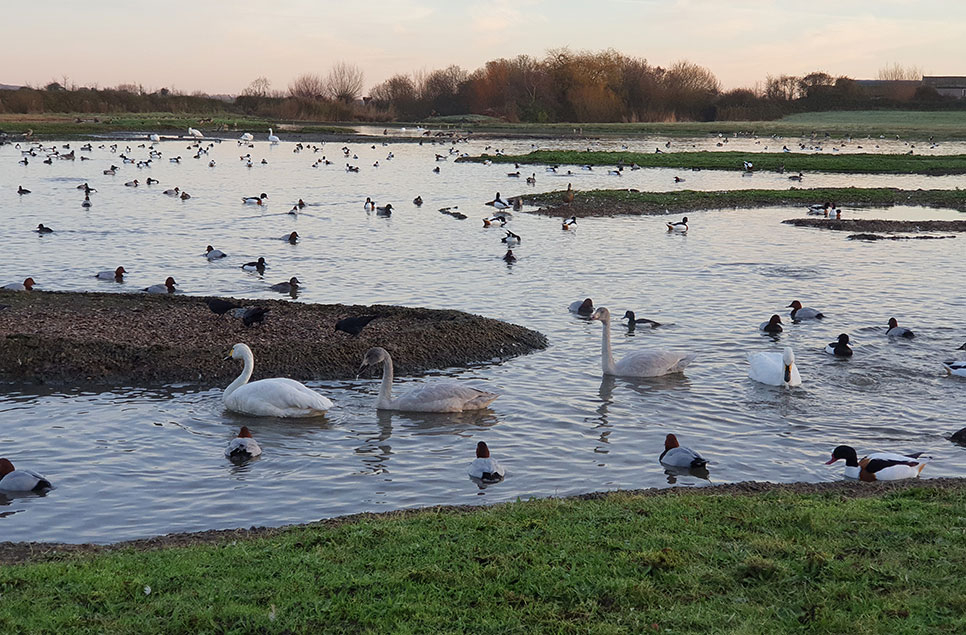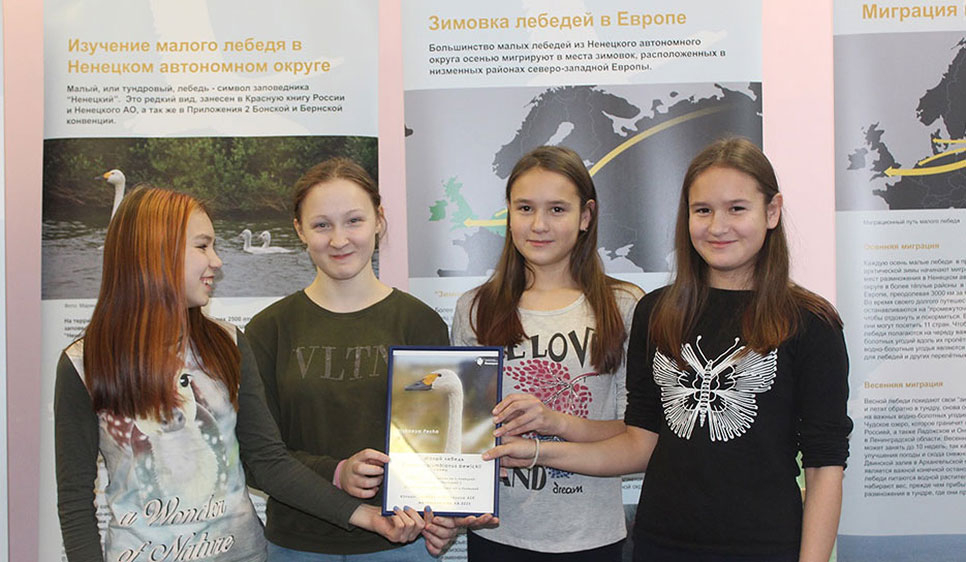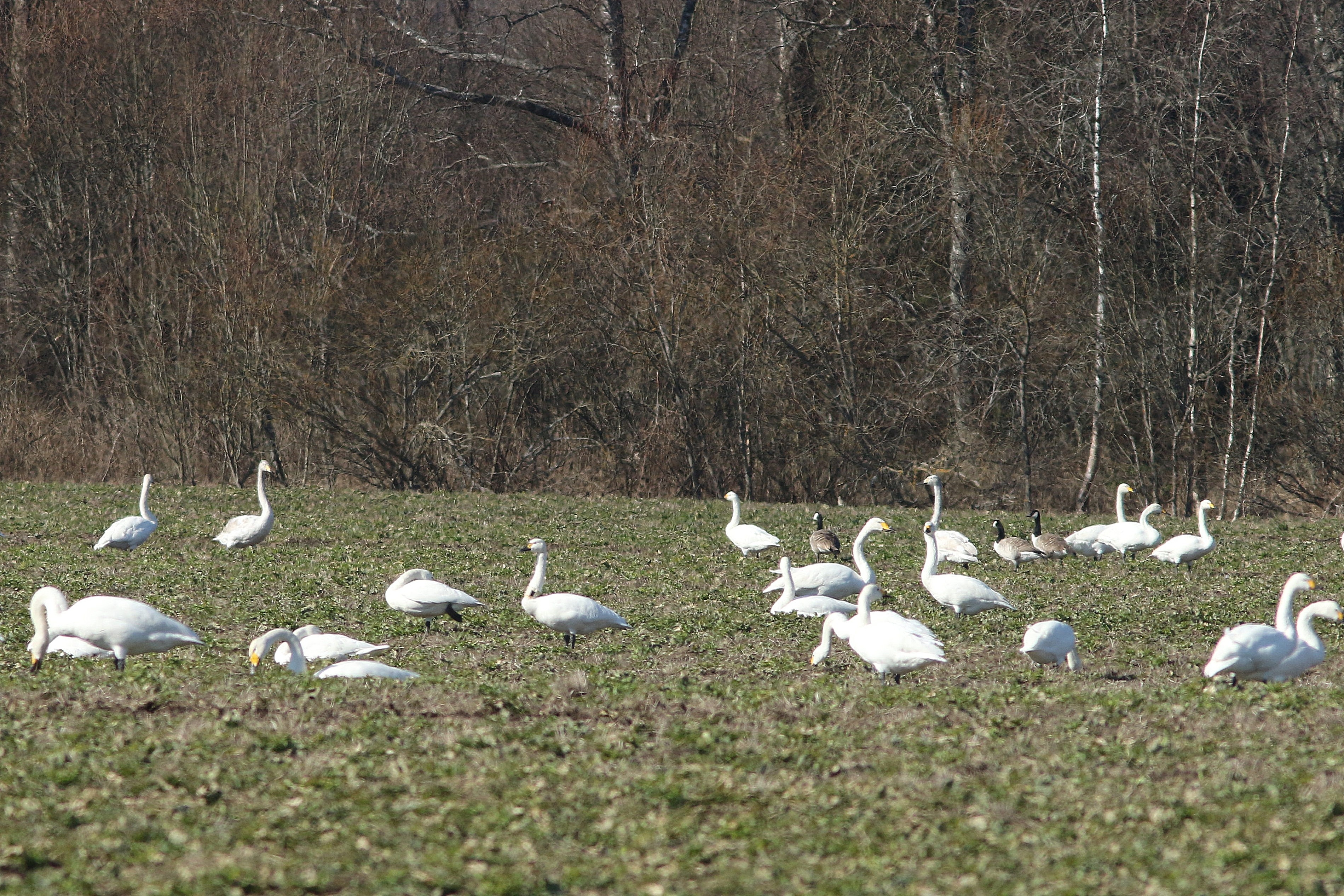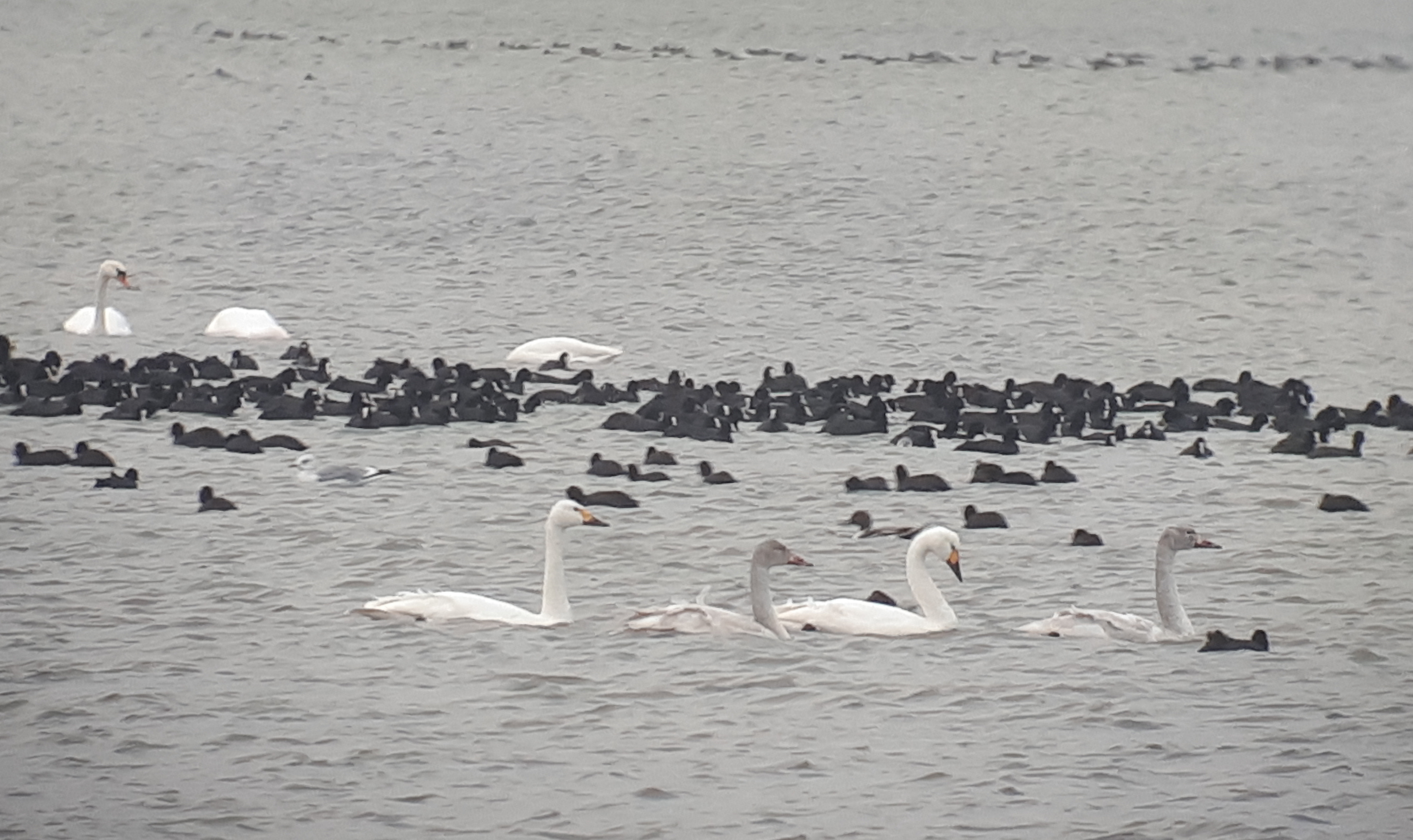International Swan Census: January 2020
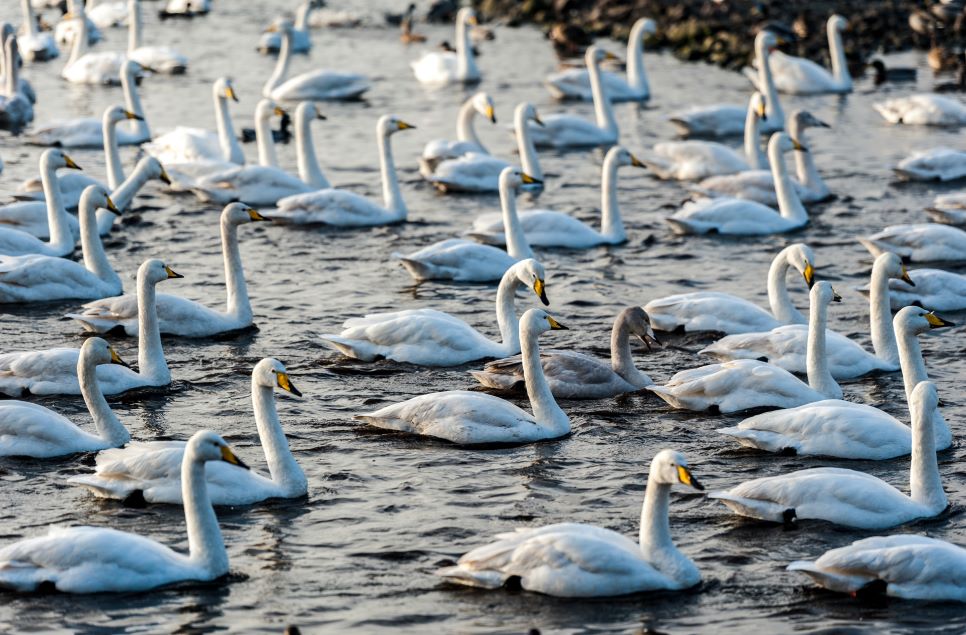
Internationally coordinated censuses of the Northwest European Bewick’s swan population have been undertaken across the swans’ European wintering range at approximately 5-year intervals since 1984, with the next census scheduled for the weekend of 11/12 January 2020.
During the early years of the study numbers increased steadily, reaching a peak of 29,780 birds in January 1995, but then declined markedly to 18,057 swans counted in January 2010 before showing a partial recovery to 20,149 recorded in January 2015. Concern regarding the 39% drop in numbers between 1995 and 2010 resulted in Bewick’s swan experts from across the flyway coming together to develop an International Species Action Plan for the conservation of the population (download available here).
One key action within the Action Plan is to continue monitoring changes in population size through the 5-yearly international Bewick’s swan censuses, which have been undertaken in conjunction with censuses made of the migratory whooper swan populations across Europe. The internationally coordinated swan censuses not only give invaluable information on trends in numbers for each population but, by aiming to count all swans at their wintering sites, provide the total population size data used to identify sites that meet the 1% criterion for classifying sites of international importance for the species. They also describe any major shifts in site or habitat use over time, and provide a comprehensive measure of the percentage of juveniles in flocks across the wintering range. In comparison with the earlier censuses, a higher proportion of the NW European Bewick’s swan population now remains in more easterly countries (notably Germany) in mid-winter, whilst only a handful of birds migrated to Ireland (at the western edge of the range) during the 2000s compared to >1,000 wintering there at the start of the study.
The next international swan census, scheduled for the weekend of 11/12 January 2020, should determine whether the partial recovery of the NW European Bewick’s swan population noted in 2015 is sustained, or if the population continues to be in decline. The results will not be evident immediately, because the National Count Coordinators have to compile and check the data sent in by their counters, but we hope to have a preliminary assessment in 2021. This will be invaluable for determining whether the goal of reversing the population decline has been met, and for informing discussions of any further actions required during the Action Plan review process in 2022.
Dr Eileen Rees, Research Fellow
Coordinator: AEWA Bewick’s Swan Expert Group
Photo by Martin Birchall / WWT
